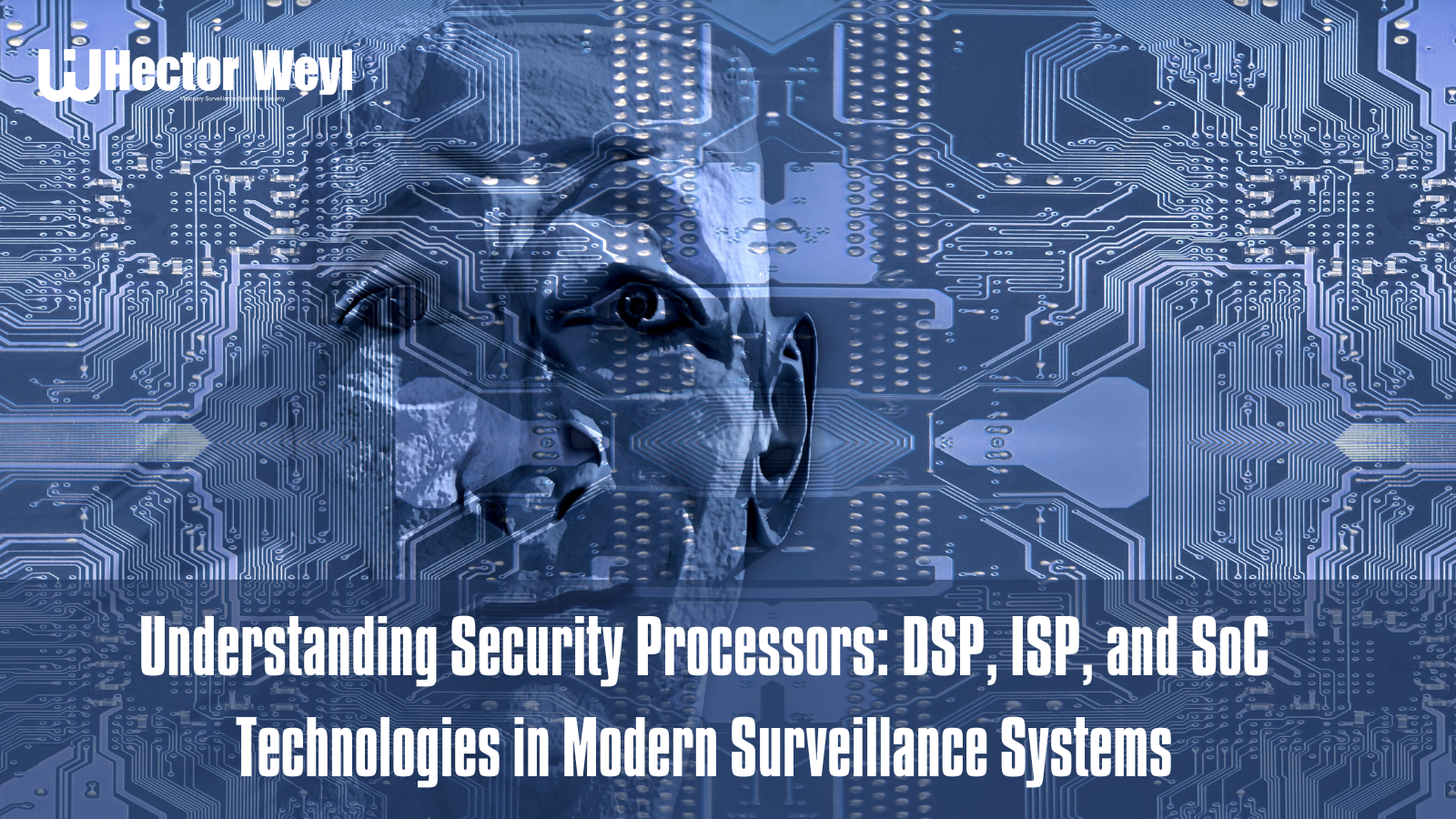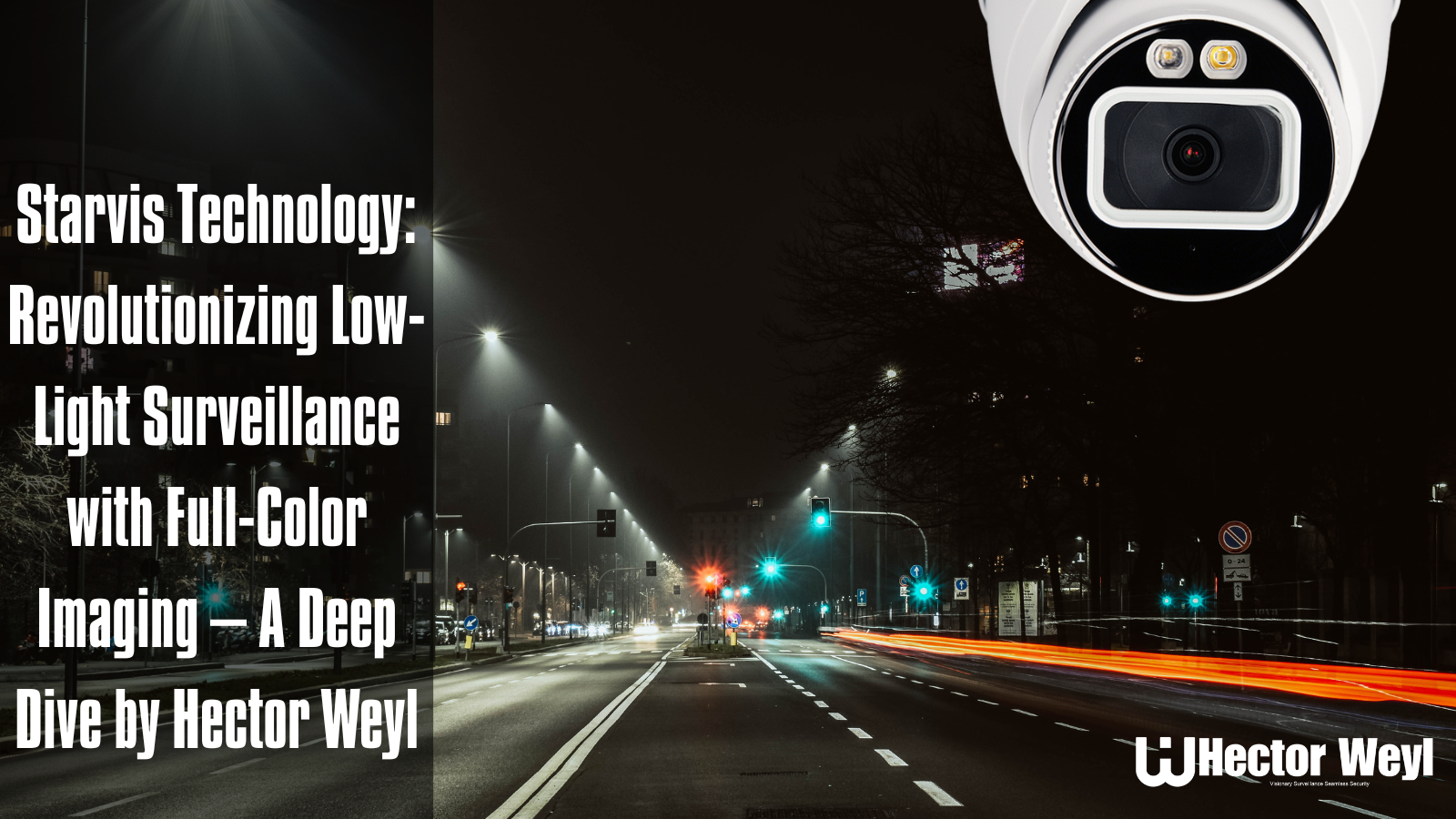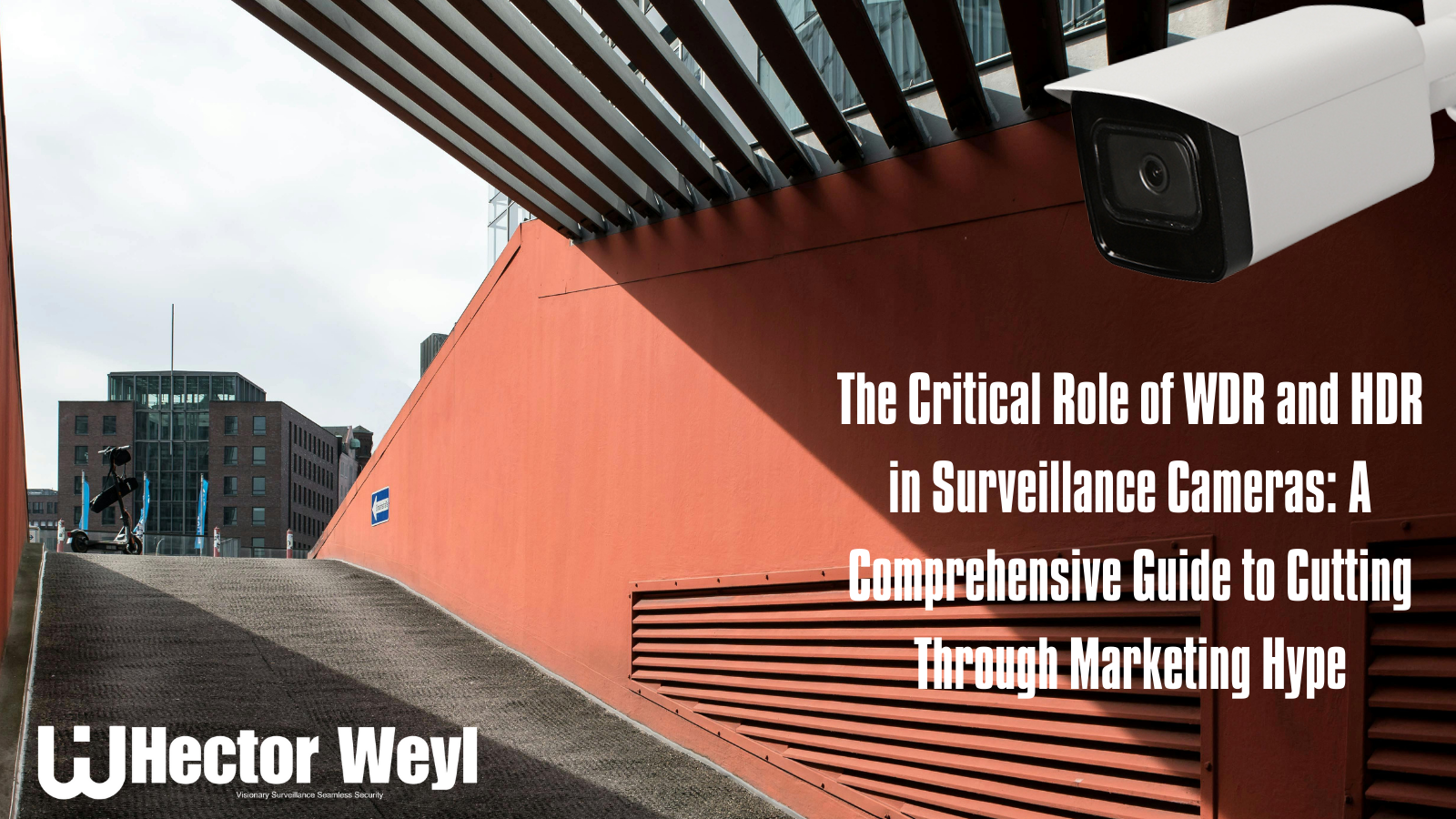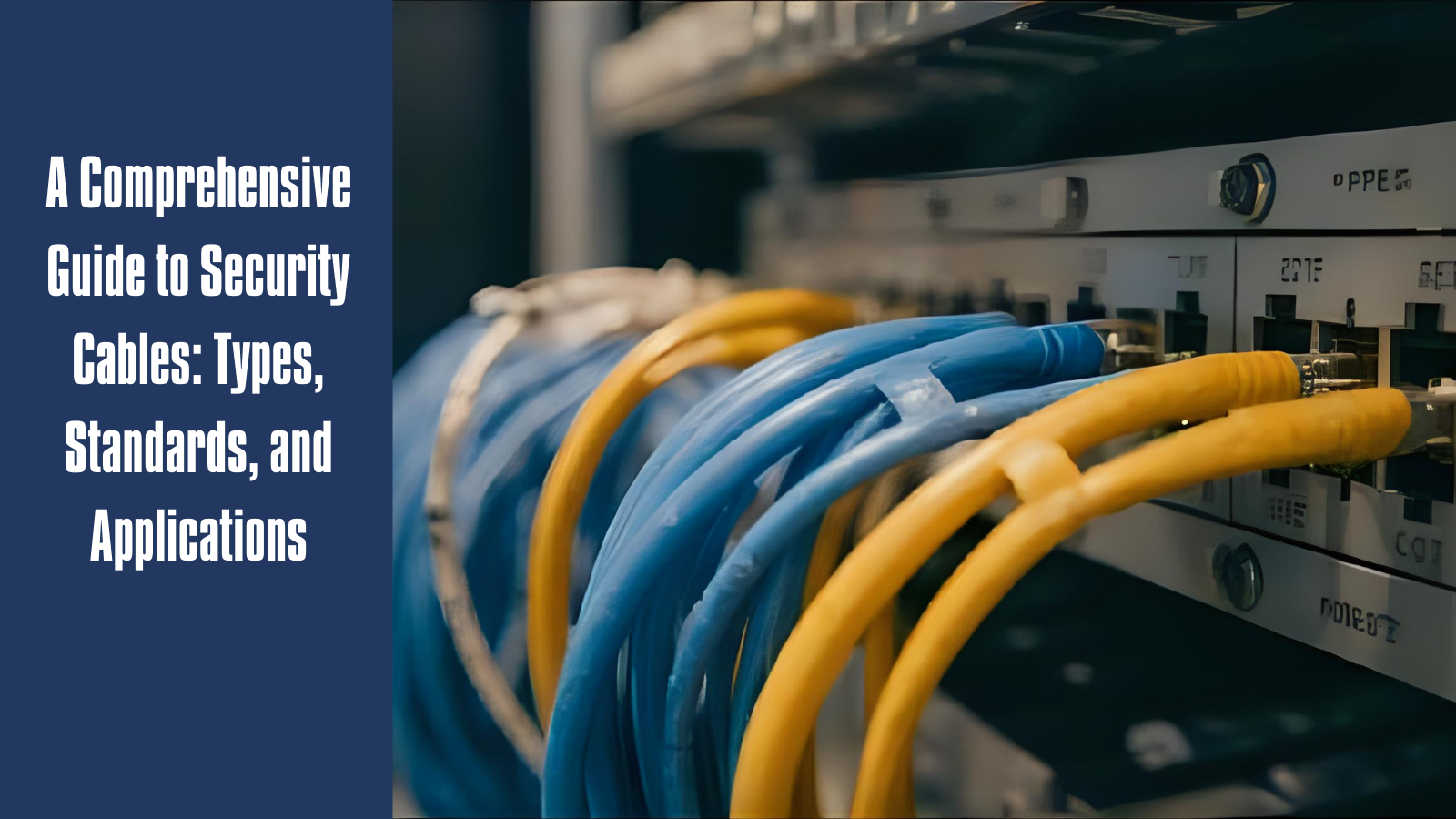In the rapidly evolving security industry—driven by the rise of smart cities, IoT integration, and growing demands for real-time threat detection—the performance of surveillance systems is no longer just about camera lenses or storage capacity. At the heart of every reliable security device lies a specialized processor, a silent workhorse that turns raw visual data into actionable insights. Much like how a CPU orchestrates a computer’s operations, these chips—whether labeled DSP (Digital Signal Processor), ISP (Image Signal Processor), or SoC (System on Chip)—are the core components that handle image optimization, video compression, storage management, and the advanced analytics that define modern security.

Consider a bustling airport’s surveillance network: hundreds of cameras stream high-definition footage 24/7, requiring real-time facial recognition, luggage tracking, and crowd flow analysis. Without a powerful processor, this data would be overwhelming—footage would lag, details would be lost, and critical threats might go undetected. For global manufacturers and integrators like Hector Weyl, understanding these processors isn’t just a technical necessity; it’s the key to building solutions that adapt to diverse scenarios, from retail theft prevention to city-wide public safety. These components don’t just set baseline performance—they unlock future capabilities: ultra-high-definition (UHD) imaging that captures license plate details from 50 meters away, AI-enabled analytics that distinguish between a stray animal and an intruder, and energy-efficient designs that power wireless cameras in remote locations.
In this article, we’ll dive deeper into the types of processors shaping security products, unpack the strengths of major international and Chinese suppliers (and their most widely used models), analyze the technological trends redefining the industry, and explore how companies like Hector Weyl tailor these processors to deliver cutting-edge, scenario-specific security solutions to the global market.
1. Types of Processors in Security Products
Security processors are not one-size-fits-all—their design is tightly linked to their role in the system, whether optimizing a single camera’s image or managing a server’s large-scale analytics. Below is a detailed breakdown of their categories and functionalities:
1.1 Camera Processors
Cameras are the "eyes" of security systems, and their processors determine how well those eyes "see" and process visual data.
ISP (Image Signal Processor)
ISPs are the backbone of analog and SDI (Serial Digital Interface) cameras, focusing exclusively on enhancing image quality. Their work begins the moment light hits the camera’s sensor:
- Noise Reduction: In low-light environments (e.g., parking garages at night), ISPs use algorithms like multi-frame noise reduction to eliminate grainy pixels without blurring critical details (e.g., a suspect’s clothing texture).
- Wide Dynamic Range (WDR) Processing: In high-contrast scenarios (e.g., a storefront with bright sunlight outside and dim lighting inside), ISPs balance light levels across the frame—preventing the exterior from being overexposed (a white blob) or the interior from being underexposed (a dark patch).
- Color Correction: For consistent imaging across cameras (e.g., a chain of retail stores), ISPs calibrate white balance and color saturation to ensure product colors or uniform colors appear accurate, avoiding distortions that could hinder identification.
Modern ISPs (e.g., those in Nextchip’s NVP series) also support features like backlight compensation and gamma correction, making them indispensable for analog cameras in challenging lighting.

SoC/DSP (System on Chip/Digital Signal Processor)
Found in network cameras (IP cameras) and video encoders, these processors are multi-taskers: they combine ISP functionality with video compression and network transmission capabilities.
- Video Compression: The most critical task—they convert raw digital video (which can be 100s of MB per second) into efficient formats like H.264 or H.265. H.265, for example, reduces file size by 50% compared to H.264 at the same resolution, meaning a 4MP camera using H.265 can store twice as much footage on the same hard drive or transmit it over a lower-bandwidth network.
- Network Adaptation: They optimize video for transmission, adjusting bitrates based on network speed (e.g., lowering quality temporarily during a Wi-Fi outage to avoid dropping the feed).
- Edge Analytics: Mid-to-high-end SoCs (e.g., Ambarella’s A12) include lightweight AI accelerators, enabling basic tasks like motion detection or line-crossing alerts directly on the camera—no need to send data to a server.

1.2 NVR/DVR Processors
Network Video Recorders (NVRs) and Digital Video Recorders (DVRs) are the "storage and control hubs" of security systems, and their processors handle the heavy lifting of managing multiple camera feeds.
- Multi-Channel Encoding/Decoding: A typical 16-channel NVR processor (e.g., HiSilicon’s Hi3531DV100) can simultaneously encode 16 streams of 1080P H.265 video and decode 32 streams for live viewing on a monitor.
- Storage Management: They support RAID (Redundant Array of Independent Disks) configurations to protect data—if one hard drive fails, footage is still accessible from others. They also handle "motion-based recording," only saving footage when motion is detected to save space.
- Alarm & Integration: They trigger actions when alarms are activated (e.g., sending push notifications to security staff, turning on lights, or locking doors) and integrate with other systems (e.g., access control panels).
For DVRs (used with analog cameras), processors also include analog-to-digital converters (ADCs) to convert old-fashioned analog signals into digital data for storage.
1.3 Server Processors
Security servers power large-scale deployments (e.g., city surveillance, airport security) that require complex analytics and centralized management. These processors are identical to high-performance enterprise server chips but optimized for video workloads:
- Multi-Threaded Performance: Tasks like real-time facial recognition across 50+ cameras require parallel processing. Intel’s Xeon Gold 6338 (28 cores) or AMD’s EPYC 7763 (64 cores) excel here, handling dozens of analytics tasks simultaneously without lag.
- Large-Scale Data Processing: They manage petabytes of stored footage, enabling fast searches (e.g., "find all people wearing red jackets in Terminal 3 between 2–3 PM").
- Reliability: Enterprise-grade processors include features like error-correcting code (ECC) memory, which fixes data errors in real time—critical for avoiding false alarms or lost footage.

2. Key Processor Suppliers and Common Models
The security processor market is a global ecosystem, with international brands leading in high-end AI and enterprise solutions, and Chinese manufacturers dominating the mid-to-entry market with cost-effectiveness and localized support. Below is an expanded breakdown of major suppliers and their flagship models:
2.1 Network Camera Processors
2.2 Analog Camera Processors
2.3 NVR/DVR Processors
2.4 Server Processors
3. Industry Trends and Developments
The security processor industry is evolving faster than ever, driven by AI, higher resolution demands, and the shift to edge computing. Below are the most impactful trends:
3.1 Shift in Market Leadership
A decade ago, American (TI, Ambarella) and Taiwanese (Novatek) brands controlled 80% of the security processor market. Today, Chinese manufacturers—led by HiSilicon—dominate:
- HiSilicon’s Dominance: It holds ~70% of the global camera processor market, thanks to:
- Cost-effectiveness: Its chips are 20–30% cheaper than Ambarella’s for similar performance.
- Localized support: It provides 24/7 technical support in Chinese, Korean, and English, with custom firmware tweaks delivered in 1–2 weeks (vs. 4–6 weeks for international brands).
- Ecosystem integration: Its chips work seamlessly with Chinese sensor manufacturers (e.g., Sony, OmniVision) and software providers, reducing development time for Factory.

- Other Chinese Players: Rockchip and Fullhan have captured 15% of the entry-level market, targeting small businesses and residential users.
3.2 Move Toward Higher Resolution
The demand for sharper footage has pushed processors to support ever-higher resolutions, enabled by H.265 encoding:
- Current Standards: 3MP (store cameras), 5MP (street cameras), and 8MP (airport/government) are now mainstream. 12MP cameras—capable of capturing license plates from 100 meters away—are gaining traction in highway surveillance.
- Processor Requirements: A 12MP H.265 stream generates ~15Mbps of data (vs. 4Mbps for 1080P). Processors like Ambarella’s A27 and HiSilicon’s Hi3559A have been upgraded to handle 16MP encoding, with faster memory (LPDDR4X) to avoid bottlenecks.
3.3 Integration of AI Capabilities
AI is no longer a "nice-to-have"—it’s a core feature, and processors are now built with dedicated AI hardware:
- AI Accelerators: Modern chips include NPUs (Neural Processing Units) or TPU (Tensor Processing Units) optimized for computer vision tasks:
- Human Detection: Filters out false alarms from animals, wind-blown objects, or shadows (used in residential cameras).
- Facial Recognition: Accuracies of 99.8%+ (used in access control, border security).
- People Counting: Real-time tallying with 98% accuracy (retailers use this to optimize staffing; stadiums use it for crowd control).
- License Plate Recognition (LPR): Reads plates at speeds up to 120km/h (highways, parking lots).
- Edge AI vs. Cloud AI: Processors like Rockchip’s RV1126 (2TOPS) handle basic AI locally, while high-end chips like Ambarella’s A12 (8TOPS) can run complex models (e.g., behavior analysis—identifying fights or falls) at the edge.
3.4 On-Device Computing Power (Edge Computing)
Centralized servers are no longer the only analytics hub—processors are enabling "edge intelligence," where cameras and local NVRs handle most tasks:
- Reduced Bandwidth: Cameras only send "alert footage" (e.g., a break-in) to the cloud, not 24/7 streams—cutting bandwidth costs by 80%.
- Faster Response: Edge analytics trigger actions in <1 second (e.g., locking a door when an intruder is detected) vs. 5–10 seconds for cloud-based systems.
- Privacy: Sensitive data (e.g., facial images) is processed locally, reducing the risk of data breaches in the cloud.
- Processor Innovations: Dedicated NPUs (e.g., HiSilicon’s Ascend 310) and low-power designs (7nm ) make edge computing feasible even for battery-powered cameras.

3.5 Cloud-Edge Synergy & Decentralization
The future is not "edge vs. cloud" but "edge + cloud" collaboration:
- Edge: Handles real-time, low-latency tasks (detection, alerts).
- Cloud: Manages long-term storage, global analytics (e.g., tracking a suspect across multiple city cameras), and firmware updates.
- Decentralization: Systems are designed so no single node (server or camera) is a bottleneck. If one edge NVR fails, others take over—critical for city-wide security where downtime is unacceptable.
4. Key Processor Specifications
When selecting a processor, engineers and integrators evaluate 10+ parameters to ensure it fits the use case. Below is what each specification means in practice:
5. How Hector Weyl Integrates Advanced Processors
At Hector Weyl, we don’t just "use" processors—we tailor them to solve specific customer problems. Our approach combines hardware selection, firmware optimization, and scenario-specific testing to deliver superior security solutions:
5.1 Strategic Processor Sourcing
We partner with leading suppliers to match chips to use cases:
- High-End Smart Cameras: We select Ambarella’s A12 (8TOPS NPU) and HiSilicon’s Hi3559A (16MP encoding) for applications like airport security and city surveillance. These chips enable real-time behavior analysis and 8K resolution, ensuring no detail is missed.
- Mid-Range Business Cameras: Rockchip’s RV1126 (2TOPS NPU, 4K H.265) is our go-to for retail stores and office buildings. It balances performance and cost, supporting people counting and facial recognition at a price point small businesses can afford.
- Entry-Level Residential Cameras: Fullhan’s FH8810 and HiSilicon’s Hi3518E are ideal for home use—low-power (5W), easy to install, and compatible with mobile apps for remote viewing.
- Servers & NVRs: For large deployments (e.g., a 100-camera city project), we use Intel Xeon Gold 6338 servers for centralized analytics and HiSilicon Hi3531DV100 NVRs for local storage.

5.2 Custom Firmware Optimization
Off-the-shelf firmware rarely meets all customer needs—so we customize it:
- Image Quality Tuning: For retail clients, we optimize ISP algorithms to enhance color accuracy (ensuring product colors match in footage) and reduce motion blur (critical for tracking shoplifters). For outdoor clients, we boost WDR to 120dB, making footage clear in both sunlight and shadows.
- AI Algorithm Fine-Tuning: For a European parking lot client, we adjusted the LPR algorithm in RV1126 chips to recognize European license plates (with unique fonts) with 99.5% accuracy (up from the default 95%). For a hospital client, we optimized human detection to ignore medical equipment (reducing false alarms).
- Energy Efficiency: For wireless camera clients, we modified firmware to reduce idle power consumption by 30%, extending battery life from 7 to 10 days.
5.3 AI-Enabled Smart Features
We leverage processor NPUs to build value-added features:
- Real-Time Threat Detection: Our AI cameras (using Ambarella A12) can identify abnormal behavior (e.g., someone climbing a fence, a fight in a stadium) and send alerts to security staff within 0.5 seconds.
- Integration with IoT: For smart cities, our cameras (using Hi3559A) connect to traffic lights and weather sensors—if a camera detects a car accident, it triggers the traffic light to turn red and sends a notification to emergency services.
- Privacy-by-Design: We use edge AI to anonymize footage (blurring faces of bystanders) before sending it to the cloud, complying with GDPR and CCPA regulations.
5.4 Global Compatibility & Testing
We ensure our products work anywhere in the world:
- Standard Compliance: Our processors support global video standards (PAL for Europe, NTSC for North America) and network protocols (ONVIF, RTSP), so they integrate with existing systems.
- Rigorous Testing: Every processor undergoes 1,000 hours of stability testing (extreme temperatures, voltage fluctuations) and 100 hours of field testing (real-world scenarios like rain, dust, and low light). For example, our outdoor cameras with Hi3519A chips are tested to work in -30°C to 60°C environments—perfect for Nordic winters or Middle Eastern summers.
Customer Success Story: European Smart City Project
A major European city wanted to upgrade its 500+ traffic cameras to support AI-enabled traffic management. We selected Ambarella A12 chips for the cameras (8TOPS NPU for LPR and traffic flow analysis) and Intel Xeon servers for centralized data management. Our custom firmware optimized LPR to handle European license plates and integrated the cameras with the city’s traffic management system. The result: traffic congestion reduced by 20%, and parking violations detected 3x faster than before.
6. Conclusion
Processors are the unsung heroes of the security industry—they turn simple cameras into smart devices, transform NVRs into control hubs, and enable servers to manage city-wide surveillance. As technology advances, three trends will define the future:
- AI Everywhere: Processors will include more powerful NPUs (32TOPS+), enabling complex tasks like 3D object recognition (e.g., distinguishing between a backpack and a weapon) and predictive analytics (e.g., forecasting crowd surges at events).
- Extreme Efficiency: 3nm and 2nm fabrication processes will make chips smaller, cheaper, and more energy-efficient—enabling cameras (e.g., hidden in streetlights) and long-lasting wireless devices.
- Deepening: Chinese manufacturers like HiSilicon and Rockchip will continue to innovate, possibly developing chips with 64TOPS NPUs that rival international brands, while maintaining cost advantages.
At Hector Weyl, we’re committed to staying at the forefront of these trends. We’ll keep partnering with leading processor suppliers, investing in firmware R&D, and listening to our customers to deliver security solutions that are reliable, intelligent, and future-proof. Whether you need a single camera for your home or a 1,000-camera system for a city, we’ll help you leverage the power of processors to keep what matters safe.





















Share:
The Science of Clarity: A Comprehensive Guide to MTF for Evaluating Security Camera Lenses
P-Iris Technology: Revolutionizing Precision Iris Control in Surveillance Cameras - How Hector Weyl Implements Advanced Optical Innovations